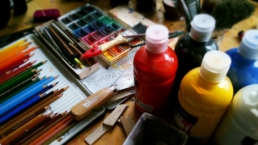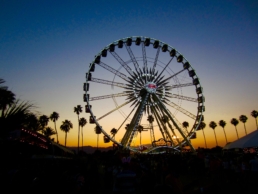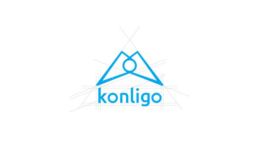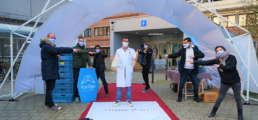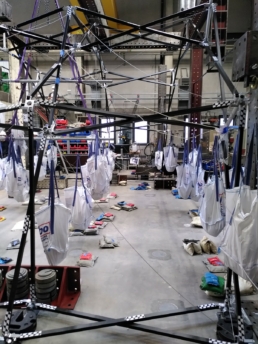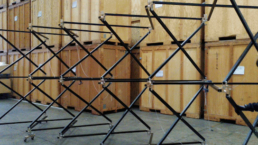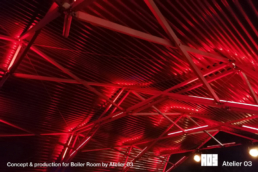Let's celebrate Art!
Today is World Art Day!
Let’s take a moment to appreciate the concerts we visited, exhibitions we attended and plays we watched. During these times, where we need art at least as much as we do in normal times already, it is more challenging to come together and share unforgettable moments. Therefore, artists and organizers have put their creative minds to work and found ways to share their art with us.
Here are our top 3!
1. Concerts
Digital concerts are probably the most common way to experience art at this moment. Moreover, it is a great way to support your favorite artists and enjoy their music from home. Brussels concert hall Ancienne Belgique (AB) classically streams concerts, which can mostly be attended through their Facebook Page, and furthermore has launched a new virtual, interactive concert hall called Nouvelle Belgique. Via Yabal, a desktop app, you can create your own avatar to digitally attend performances. Here you can find a list of their upcoming concerts and stay tuned for their next virtual event https://www.abconcerts.be/en/agenda.
Other than that, let Google be your friend and search if your preferred artists are putting on a show!
2. Museums
Right now could be the perfect time to digitally visit museums that you would usually have to travel far for, like the British Museum in London, the Vatican Museums in Rome, or the National Museum of Modern and Contemporary Art in Seoul.
Find a list of museums you can tour virtually here: https://www.museumnext.com/article/the-best-free-virtual-tours-of-museums-in-the-world
By the way, Belgian museums are still open. Go check them out!
3. Theater
Not only can you watch movies and series online, as all of us have been doing for a while, but you can also stream filmed versions of a variety of theater productions. You can find some on popular streaming platforms, but there are also ones just for theater plays, where you can subscribe or pay for single productions like https://www.digitaltheatre.com.
Keep in mind that art is not only highly enjoyable but that artists need our support right now! Under the hashtag #PlayLocal BEA (the entertainment industry association in Belgium) calls for people to listen to and thereby support Belgian artists. To make it even more convenient for you, they put together Belgian Playlists to listen to (scroll to the bottom of the page): https://www.belgianentertainment.be/en/bea-news-blog/2020/3/27/playlocal-update

Until we meet again soon (to celebrate together)!
Coachella: A Story of Success
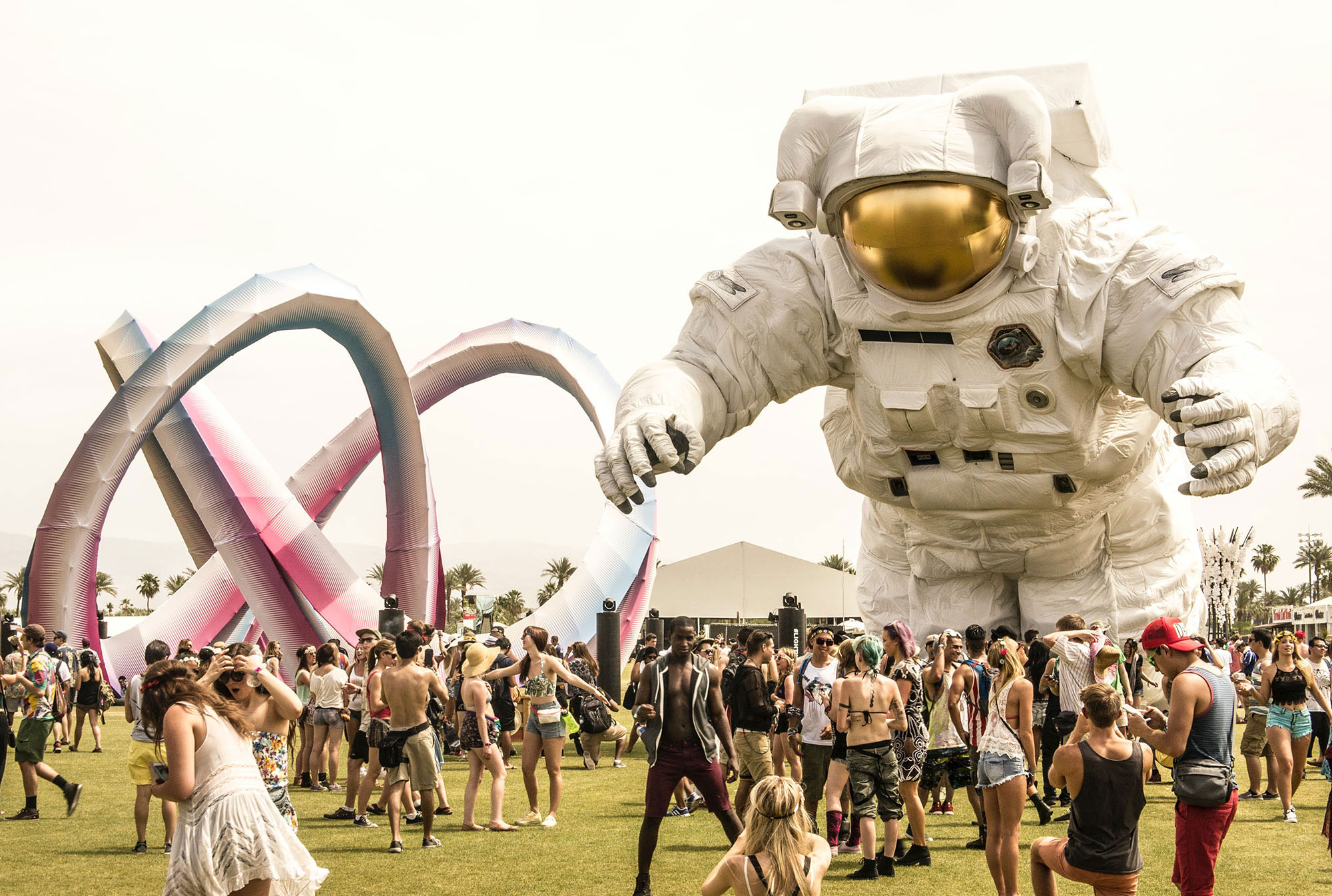
The story behind our logo
Are you wondering what the logo of Konligo means and how the team came to this final design? Well, we have asked two of the founding members, Niels De Temmerman and Aushim Koumar, to give a bit more explanation about the logo. As you will read, the process that lead to the design was certainly not arbitrary.
Aushim & Niels, could you tell me how you started with the idea behind the logo.
Aushim: We wanted the logo to express the values and the story behind Konligo. As you may know by now, the central concept at Konligo is the connection.
Niels: And we saw that Konligo could implement that idea of connection on four different levels, from a product level to a meta-level.
-
- Our deployable structures all rely on their connections, enabling them to demonstrate their mesmerizing kinetic motion.
- These hinged connections give rise to unique shapes and fascinating transformations that invite people to interact, and thereby connect
- The arising spaces are built sustainably, following a circular approach to show our respect for and our connection with our planet.
- And finally, these shared core values, together with other humanistic values, drive and connect the team.
The name Konligo is therefore derived from kunligo, meaning “connection” in Esperanto.
Why did you choose for Esperanto?
Aushim: Esperanto was created by a Polish ophthalmologist named L.L. Zamenhof in 1887 as a culturally-neutral international language. For Zamenhof, such a language was important for promoting the peaceful co-existence of different people and cultures and thus for furthering humanism. In other words, a universal language to connect people.
So I understand how the connection is important for you. But how did you translate this in the logo?
Niels: Well if you look at the logo, you can distinguish two triangles that are connected in a central point, as if it were a hinge of our scissor elements. We chose for triangles because they represent a very stable shape in mechanics and engineering. The connection in the middle represents the four levels of connection explained earlier.
Aushim: Together with a branding agency, we decided to remove the central connection and soften the edges, but the principle stayed the same.
I heard there was more than only triangles in the logo. Something about the golden ratio.
Niels: Indeed a very important aspect for us was to put even more meaning in our logo by hiding the golden ratio into it. The golden ratio Phi being not only a sign of beauty in mathematics and geometry, but also a sign of harmony and connection in nature, we included this form of proportion in our logo. The ratios of the distances between the center of all the circles in our logo are therefore all equal to a multiple of the golden ratio (see lines in figure 1).
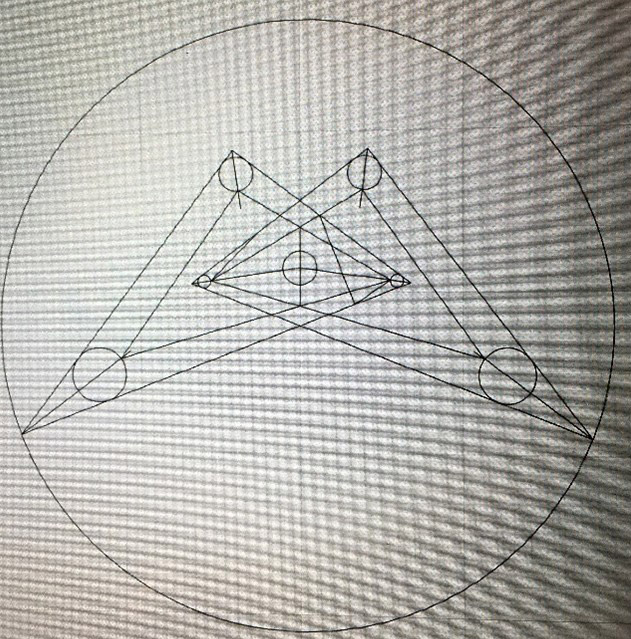
Figure 1: The origin of our Konligo logo, with two triangles - representing the stability of our structures – connected in the middle to symbolize the connection and the hinges of our scissor structures. All the ratio of the distances are equal to a multiple of the golden ratio phi = (1 + sqrt(5))/2 or 1.618
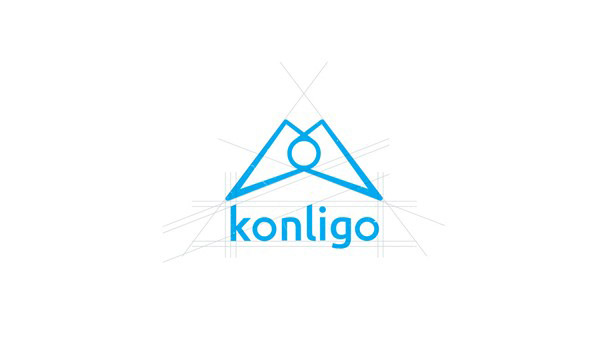
Figure 2: The final logo, derived from Figure 1
Konligo provides breakfast to healthcare workers at UZ Brussel
On Tuesday November 24th, at the crack of dawn, our Konligo team surprised the employees of the UZ Brussel hospital with 1000 breakfast bags. You might have seen the video already (if not, check it out below). Or maybe you’ve noticed one of our posts on social media. But in this blog we want to explain a little more about the philosophy behind this small ‘event’ we organized.
(text continues below video)
Connections
At Konligo we are strong believers in the power of connections. And with that we do not only refer to the connections between the different elements of our structures.
No, what is especially important to us is the connection between people. We find this so important that we even named our company after the Esperanto word for connection, kunligo, to remind ourselves everyday of this simple truth. All people in society are connected in many ways through a complex network of direct and indirect links. These human connections must be nurtured in order to grow and to get stronger. Especially in times like these, when it seems like the only things keeping us together is a broadband connection, video conferencing platforms and an irrational love for toilet paper, it is important to strengthen the bonds we have with the people we know, but also with the people we don’t know.
In support of healthcare staff
This is why we at Konligo wanted to show our appreciation to medical professionals in Brussels, Belgium and beyond. Because (health)care workers have been in top gear for months in a row. Working overtime day and night to keep people healthy and to cure the sick. This was already the case before the pandemic and it will certainly continue way after to catch up with normal routines. But especially in a world where ordinary contact forms a risk, medical workers thus form an extra important component of the cement that keeps our society together. Moreover, they do this even when it means risking their own mental and physical health.
Ofcourse they are not the only ones (we must not forget all the other people providing essential goods and services, for example), but that does not reduce our admiration for their work. As the UZ Brussel website says: ‘Together against Corona!’
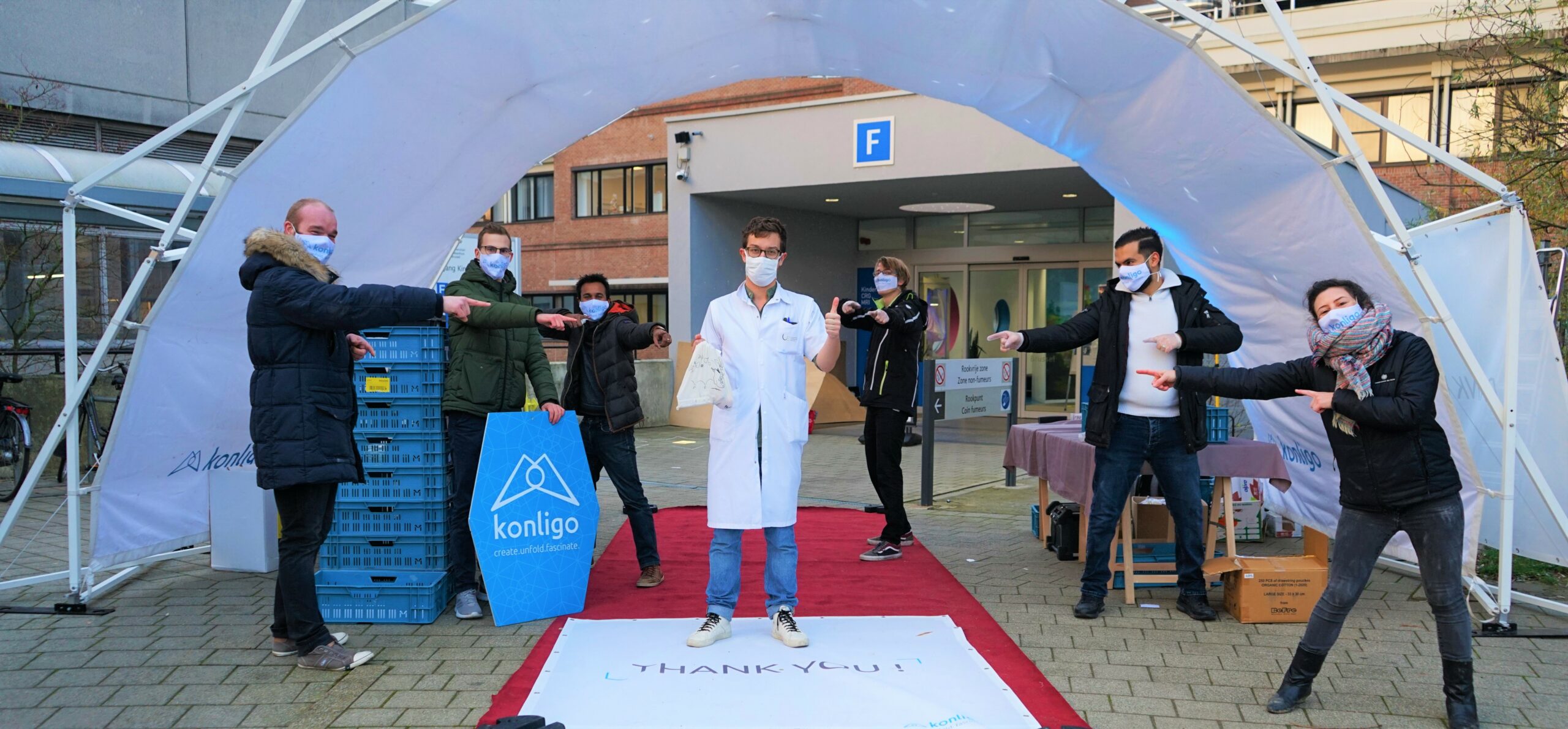
The initiative
And therefore, we sought for a way to show our appreciation and to give the hospital staff moral support and positive energy to lighten their spirits and their work (even if it’s only for a few hours or days). We have done this in a way we know best: by connecting different parties to organize a small event. With the help of the UZ Brussel foundation, Färm (who have provided 1000 bags with a healthy breakfast treat and an organic apple) and Alpro (who joined in with 1000 delicious chocolate drinks), and with the permission of the hospital, we have managed to bring an energizing early-morning surprise to their staff.
Now we want to share and spread this message, to motivate others to make new connections or to get back to old ones, so we can get through the pandemic together. Because even the smallest sign of appreciation, whether it is clapping out of the window, volunteering in a hospital, providing a breakfast or something else you can think of, can make people happy and will make our society stronger through the connections we make
Testing the wind resistance of the Fastival
We want everyone to be able to safely enjoy the use of a Fastival, even in harsh weather. Because we know that the last thing that you, as an event organizer, want to worry about is a tent collapsing. This is what our structures are designed for and why we believe robustness is a very important element of the FasTival. For the same reason one of our projects this summer was to test the wind resistance of the FasTival when there is a membrane on top and at the back (as is the case on this picture).
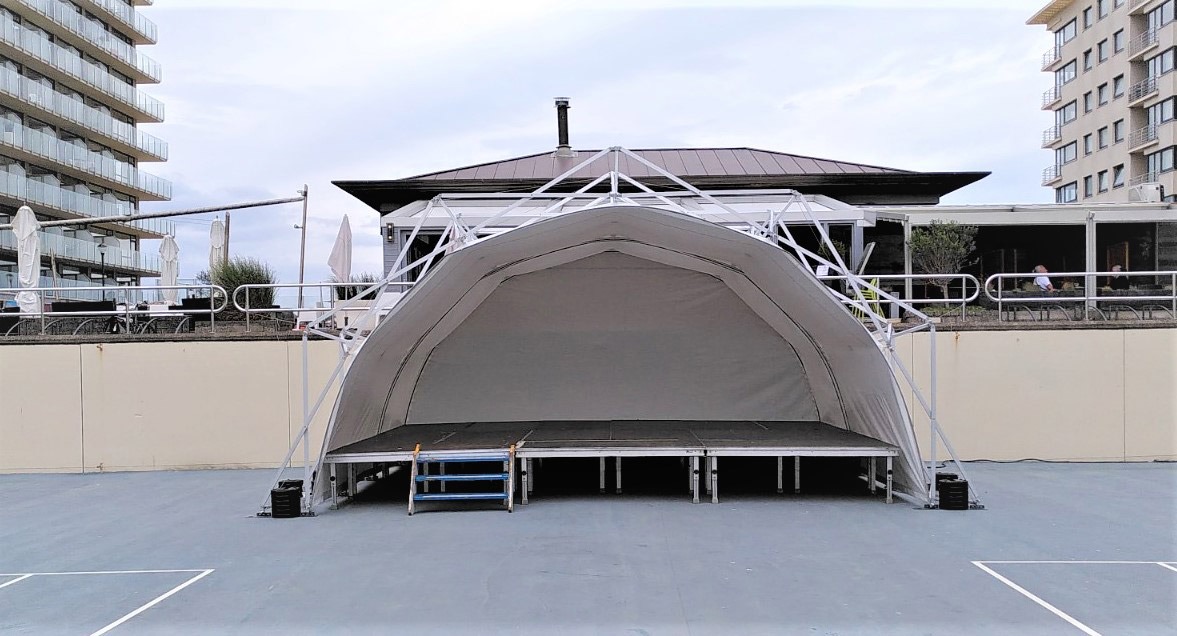 A tent or structure such as the Fastival catches lots of wind. When you do not anchor it firmly to the ground (with for example weights or pins) there is a risk that the wind lifts the structure. Look what happens to the guy in this video and you’ll understand what we mean: https://youtu.be/qF4HyN8-QrE
A tent or structure such as the Fastival catches lots of wind. When you do not anchor it firmly to the ground (with for example weights or pins) there is a risk that the wind lifts the structure. Look what happens to the guy in this video and you’ll understand what we mean: https://youtu.be/qF4HyN8-QrE
At the same time, with enough wind, the beams might deform, and a tent might collapse. In fact, we tested this with a previous version of the Fastival by keeping it outside until the biggest storm of the year hit it at full force. What we have seen is that the structure deforms (but does not fully collapse, nor blow away). This storm, Ciara, had peak winds of more than 100 km/h. The fact that our structure did not hold was not a surprise to us. At the time we were actually more interested in the behavior of the structure at the moment it gives in than on keeping it standing. However, we decided this summer to work on a new version of the FasTival which is even stronger than the one we have previously tested.
Lab testing
With our newer and stronger version of the FasTival we wanted to do a more controlled test to precisely see the forces it can withstand and to acquire a certification from Vinçotte, a Belgian accredited inspection and certification organisation.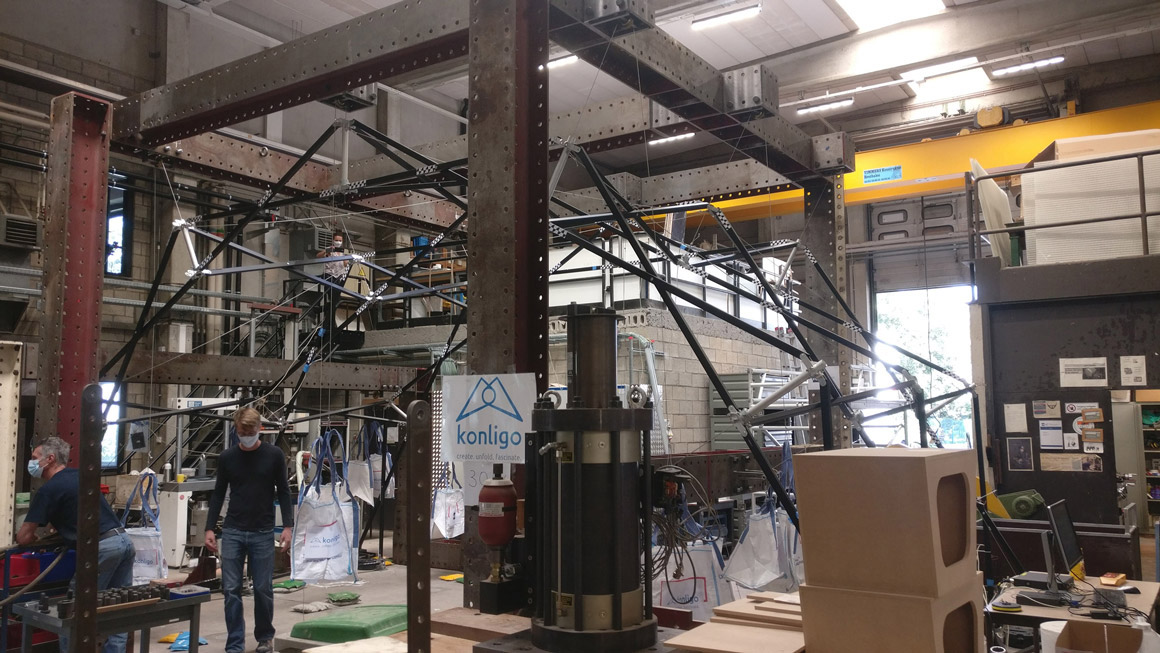
We have collaborated with the Vrije Universiteit Brussels (VUB) to build a test setup that replicates wind forces with pulleys and weights, a setup that has been agreed to by Vinçotte
By pulling the structure up, down or to the side, the forces of the wind are mimicked. Anyone as observant as Sherlock Holmes might notice that there is no membrane on the pictures. This is true, but does not matter for the testing, as the weights needed and used were calculated based on windforces pushing against the structure with a top and back membrane as shown in the picture at the top of this article.
With the use of camera’s and sensors we were able to record the deformation of the beams and measure with how much force the beams are pulled at, to verify that the wind forces do not damage the beams in ways invisible to the eye. This was also done in order to compare test data with known facts on what aluminium beams can resist. The total of all data gives us a good understanding of whether there is a risk of (permanent) damage on the structure at certain wind speeds.
The testing itself involved putting weights into the bags hanging to the structure, with in certain load cases more than 100kg in some of the bags. The highest total of weights hanging in those bags, pulling at our structure, was more than 1400kg! So indeed, it wasn’t just heavy on the structure, but also a heavy work-out for us.
The results
The first outcome of the test has been very positive. We were able to load the structure with the weights necessary to replicate 80km/h wind speeds. For the case when wind is blowing directly onto the side of our FasTival the total weight was 775kg. For the case when wind is coming through the opening at the front, blowing through the structure onto the back, the total weight was even more: 1470kg! Of course, because of the way this was set up, the weight was not all pulling down on the structure, but also sideways, and upwards even. (So the
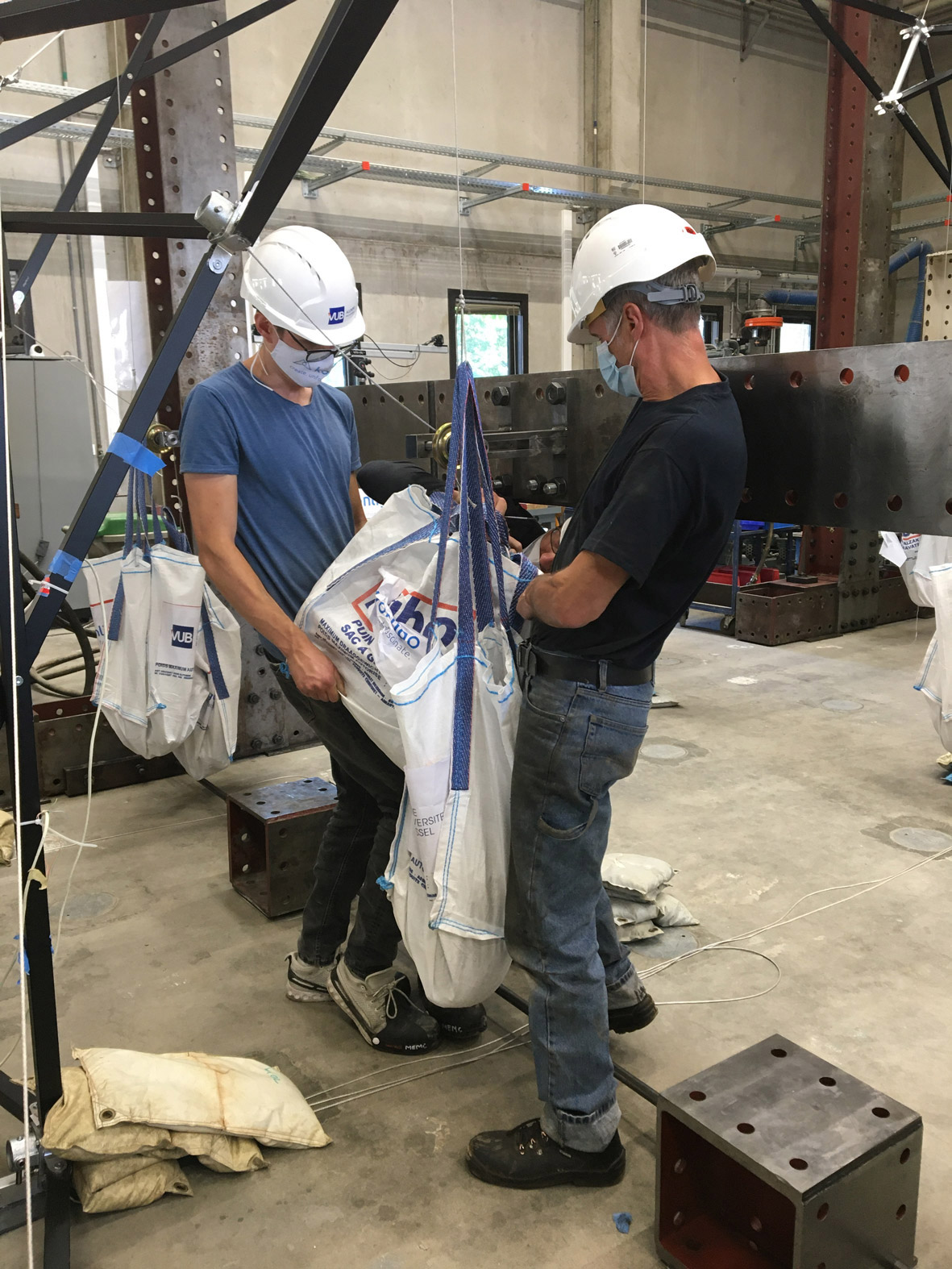
1470 kg of the testing is not the same as simply hanging 1470kg to the structure).
What these results mean is that you would be able to leave our structure outside, with the top and back membrane on there, in winds of up to 80 km/h. When higher winds are predicted additional measures need to be taken (such as the removal of the membranes).
Final thoughts
When reading this article, it might sound like the testing was quite easy... But in reality it took many hours and days of preparation together with the VUB, to design and build the setup and to do the testing. That’s why we want to give a big ‘Thank you!’ to everyone at the VUB who helped us. The results are of course what matters, and these show us how robust the FasTival really is. Together with its flexibility, fast erection, and beautiful design this makes the FasTival a unique structure that could give just that little bit extra to your event, without having to worry about safety issues. Take a look at our gallery to see some successful outdoor events that have used the FasTival.
We will make more video and photo material of the testing available as soon as possible, to give you an even better idea of what the testing looked like in practice.
Organizing events during and after Covid-19
Many people are currently at home with a lot of questions about their upcoming wedding, birthday, corporate event, festival, or any other type of event. Besides the obvious doubts about whether these events will be allowed to take place, the question also rises in what form it would be when allowed. It is apparent to most that big festivals and other mass events won’t take place in the months to come. But at the same time, humans remain social creatures, so a full lockdown cannot go on indefinitely either. It is therefore up to municipalities, businesses, and event organizers to find a way to address these needs in a suitable manner once the safety council will allow for small events to take place (which hopefully happens soon after phase 3). In a series of posts, it will be discussed how we think events will look like, and how you, as an organization, can adapt your event to the current situation and changing rules.
One event, multiple locations
One measure which, unfortunately, will be staying with us for a while is the limit in numbers of visitors allowed. In the coming months, events will thus have to be much smaller than before. But smaller also means more intimate! It is very efficient to invite your business partners and customers or family and friends all at once to one big party, but unfortunately, the time available for a good conversation is limited in those situations. When you would like to organize a pop-up event as a company, the message you want to convey will connect with your fans and customers much better when there is only a small crowd present. In order to still reach a larger crowd, you could spread your event over multiple days and locations, with different guests at every occurrence. An event that usually hosts an entire city could be organized per neighborhood, for example. When you do so don’t forget to take into account that you will need a set-up which can be easily installed and dismantled, to enable you to be ready on a new location every new day.
Be prepared to adapt
There is another reason why you would want to consider a flexible and fast set-up for your event. The lockdown rules seem to get less strict right now, but the second wave of corona infections could easily turn this around again. Some events will therefore receive a permit or might be prohibited, at the shortest possible notice. In such insecure times, you would not want to take days to set up big tents or structures, with a credible risk that the event won’t be allowed to take place after all. Events will thus have to be set up within a much shorter timeframe. A smart event manager will therefore choose structures that can be installed in as little time as possible, but that still provide the desired robustness and aesthetics.
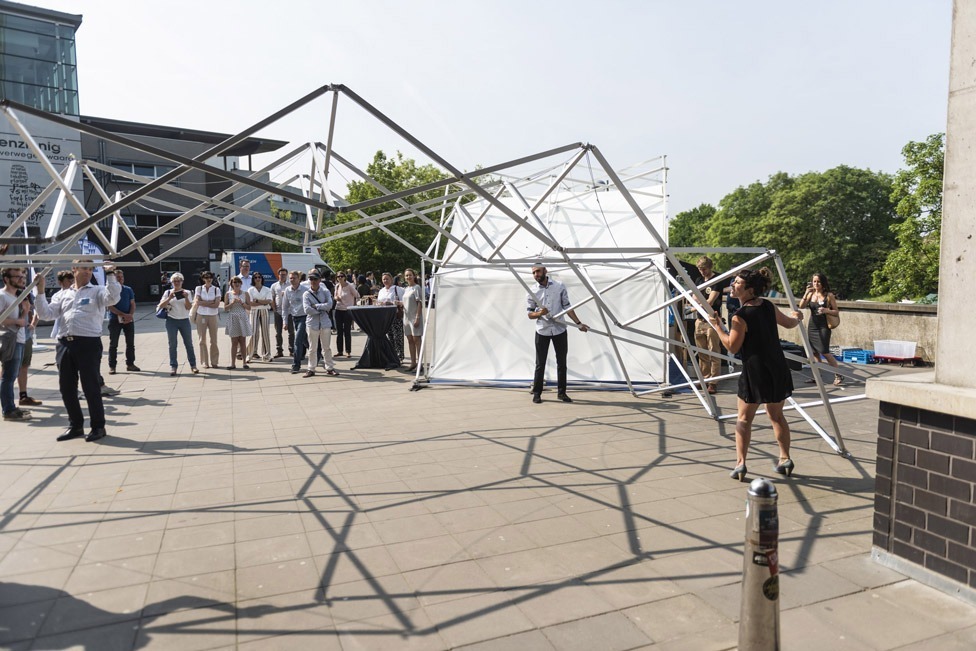
But above all
Do not let the uncertain times and the above-mentioned considerations discourage you when organizing an event. People will need the fun and the social interactions of events now more than ever! Visitors and guests will therefore also be more flexible in accepting the measures you are taking, for they also realize that it is an unfortunate part of our new reality. But, with the right preparations and the right materials, these smaller events can still make a huge success out of the coming summer.
Luno
It all begins with an idea. We received a demand from a customer, Atelier 03, who wanted a new original pop-up cinema that could also be used as a medium for artworks such as a fresco. Creativity is our main resource and our software is a unique tool resulting from many years of research and several PhDs that allow us to model an infinite number of shapes from scissor beams made of recycled aluminium. Thus, the idea of Luno was established: evolving according to its position between a flat screen and a curved screen, in the same way a moon changes its shape as nights go by.
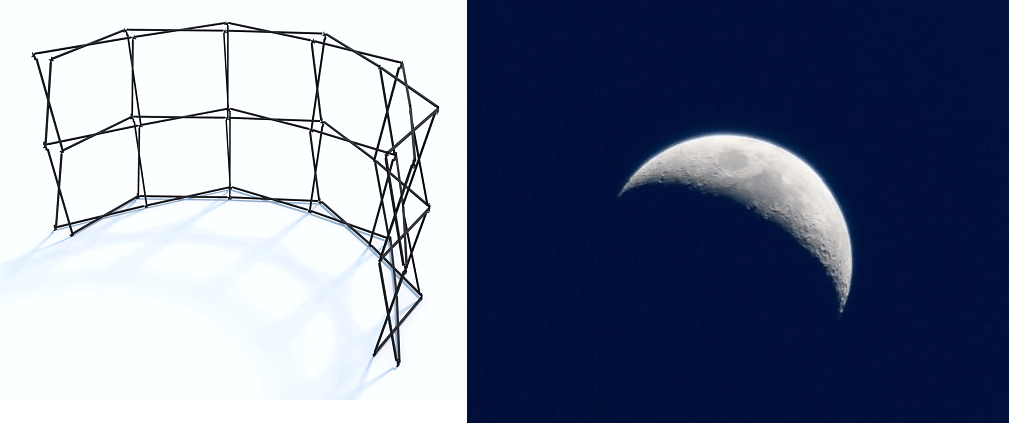
After several months of hard work on product development including conception and calculations, we arrived at the most iconic step for a start-up: the workshop. We all gathered at our workshop, under the capricious lights, exposed to the chilly winds during the winter season to screw, unscrew, punch holes, and assemble all the small and big pieces to form a beautiful aluminium puzzle. We then had to adapt new dimensions for horizontal deployment, a novelty in our products since our products were only able to be deployed vertically until now. This breakthrough in our new product considerably altered the impact of gravity, posing an uncertainty of whether the structure would work perfectly or if it would be as beautiful and eye-catching as we hoped.
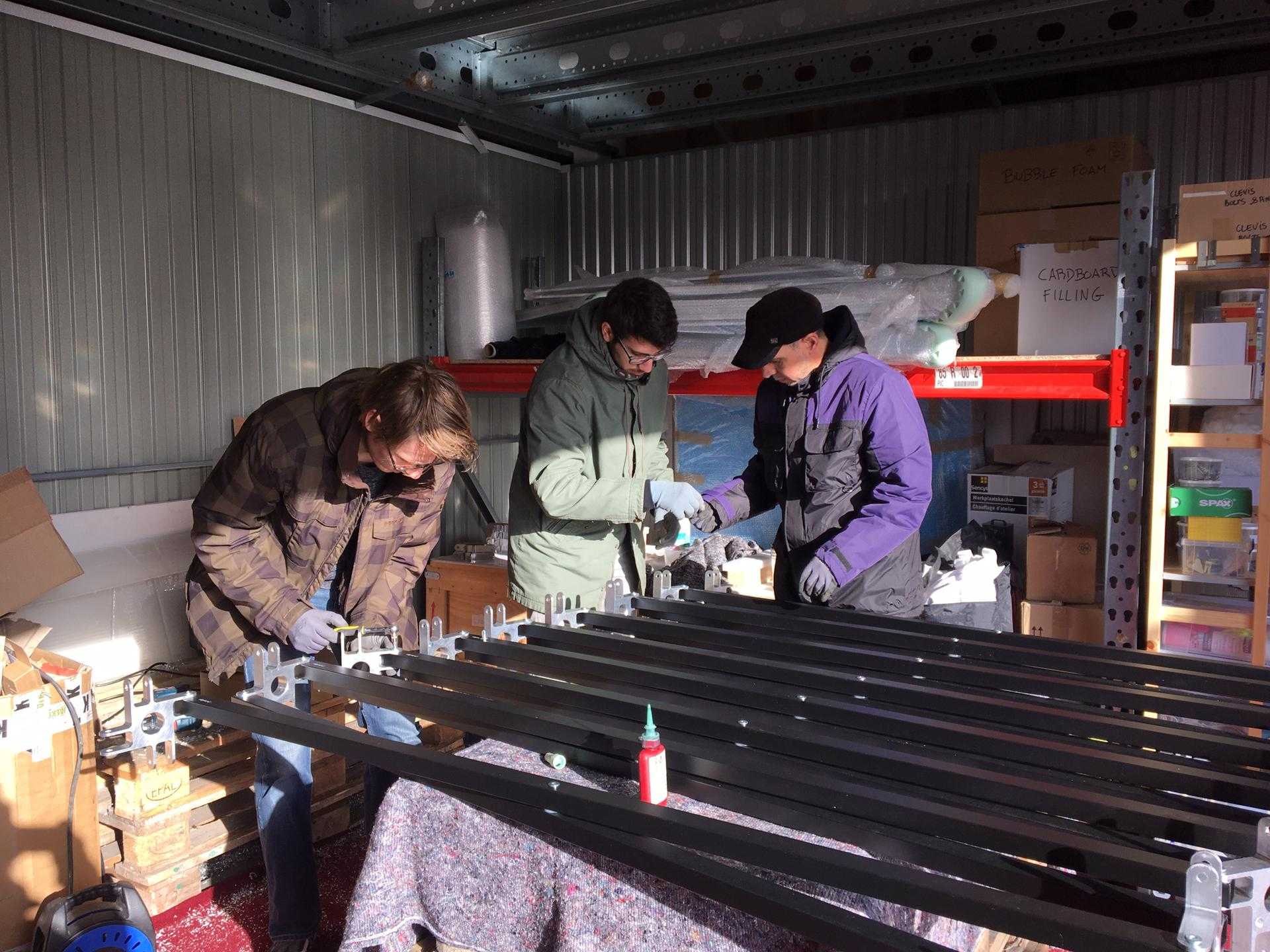
We do our best, but there are times when bad surprises occur. However, it wasn’t the case this time. We forgot about all the worries that had crossed our minds when we unfolded the structure for the first time. Seven months after the first brainstorming, these were the first steps of the aluminium animal we raised. Now we will observe the impact of the Luno, hoping that, for once again, the Konligo magic will take place and gather people.
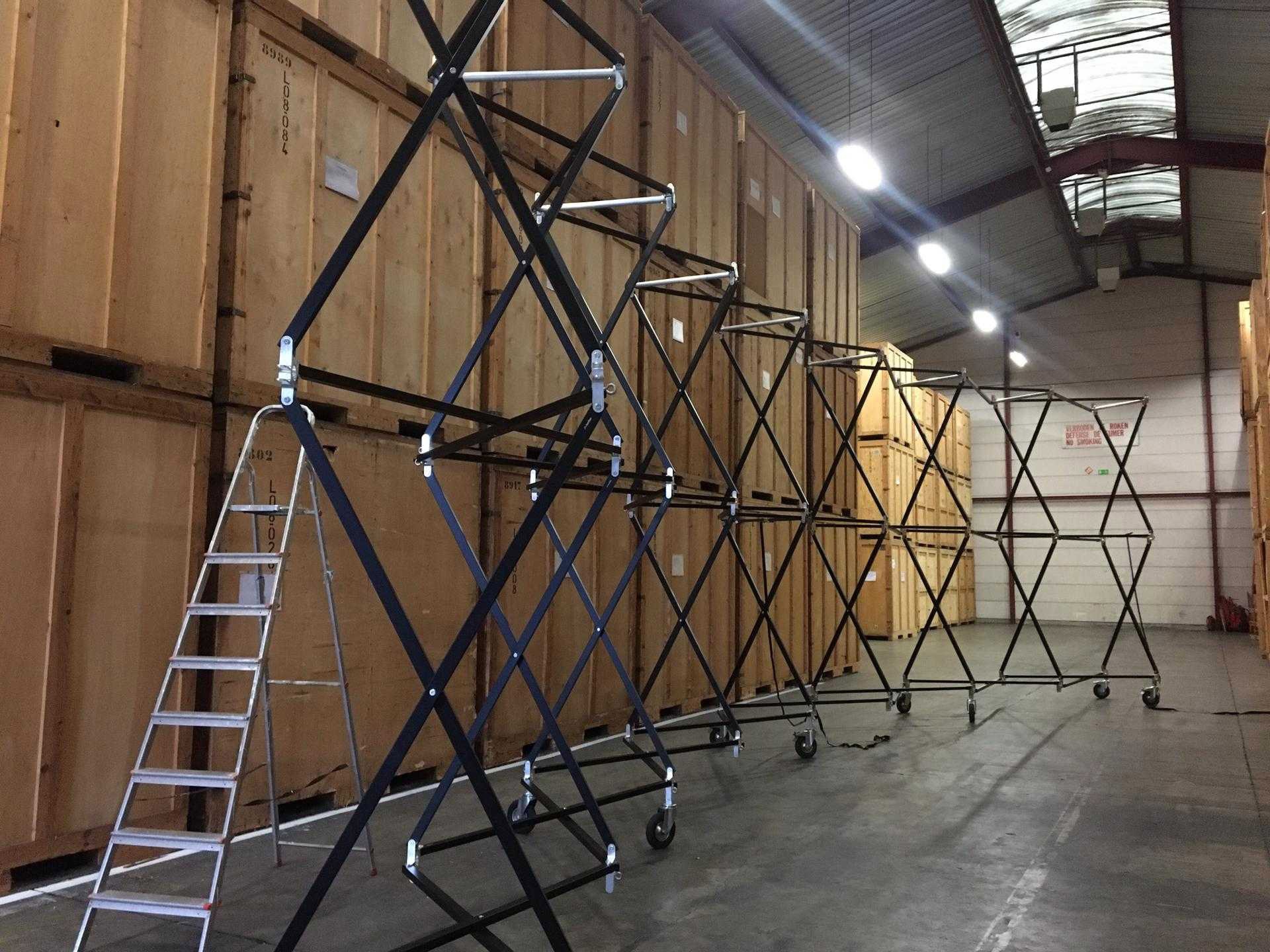
Introducing Atelier 03 as our new partner for production design and light art.
Atelier 03, the collective founded by Matti Degueldre and Bram Lenaerts arose from the need to provide portable solutions for the event industry. Matti got his experience as a lightdesigner and scenographer for Nachtcollectief and Bram, who is more organization-orientated, hosts a nightlife and open air- concept ‘Transit’.
Atelier 03 acknowledges location as a key-factor for organizing a successful event. Due to regulations and gentrification the landscape for organizing events is rigid. Therefore, they developed Bakbeats. Bakbeats is a bike with personality. Housing a high power projector, a sound system, and a battery pack, it is a completely mobile event device.
Allowing to organise an event anywhere at any time.
Since then Atelier 03 expanded their solutions to mobile shelters, plug-and-play structures and wireless techniques, all the while focusing on short production timeframes and a minimal waste impact on the environment. To achieve these goals Atelier 03 collaborates with various partners, including Konligo.
During Ampere Open-Air, Atelier 03 successfully customized the Fastival into a stage for Boiler Room, the famous streaming platform for electronic music. Using a wireless light system and highly transparent corrugated sheets, Atelier 03 created an intimate stage that blended perfectly with the surrounding nature.
Visit www.atelier03.be and follow their instagram page atelier.03 for more information.
Get connected, it’s all about Konligo
From idea to action
After several years of research on lightweight and transformable structures at the Vrije Universiteit Brussel, Konligo is born to shape all this knowledge and apply it in market-fit plan based on circular economy.
Konligo is created to become a revolutionary company that aims to shake up the event industry with its business model that uses divergent thinking offering innovative and sustainable solutions. At Konligo, we believe that great projects deserve responsible practices and we’re here to offer them.
A solid foundation is what every company must aspire, in order to scale-up and grow successfully. That’s why we’ve put a lot of effort in having a clear mission and we devote a lot of time to team communication and to build strong customer relationships
Reaching goals together
On the path of success - which for every organisation might be defined differently - a company must set down a list of core values and define its mission statement. At Konligo, we actively share those and apply them in our everyday work. All team members know what we believe in as a company and what achievements are possible by working at Konligo. By doing this, we not only communicate what we do, but it also manifests our personal purposes and desires within a strong connected team. This all brings oxygen to our company.
There are no wrong answers, just new lessons
To reach our goals, Konligo constantly seeks improvement by embracing an innovative corporate culture where all insights and opinions are welcomed. Everything can be discussed in a communicative space of trust and transparency where there are no wrong answers — just new lessons.
We share a dynamic and comfortable atmosphere which is built carefully by selecting the right people. Konligo chooses not just the most suitable professionals for each existing role, but in addition to this, team players with positive and respectful mindsets — engaged persons who nicely fit the company’s culture and the rest of the team.
Re-inventing the event industry
Our purpose is to reach recognition as innovators in the field of sustainability. We believe that today’s businesses can mold our lives with even greater importance than before. With a sustainable mindset many contemporary issues can be addressed with the right solutions, building a better future.
It starts to get widely known that building a structure gives rise to tons of end-of-life issues and the problem is that not many companies actually care about it. The most problematic one is the use of toxic materials, generating huge amounts of waste difficult to reuse or recycle. We select our suppliers carefully in order to make sure that we do things sustainably.
Connection is what define us
As a result of everything we believe in and do, our company was named Konligo. It represents perfectly our way of working, the products and solutions we offer and moreover our relation to each other.
Konligo is derived from Esperanto meaning ‘connection’, and being a word from this special language, it reflects our universal point of view on the world and society.
Connection is what defines Konligo. Our deployable structures need strong connections to be supported, settled and balanced, and our team does too in the same way. Beyond our professional relationship we are also friends and celebrate success together.
Get connected and get to know us better — here it’s all about Konligo!
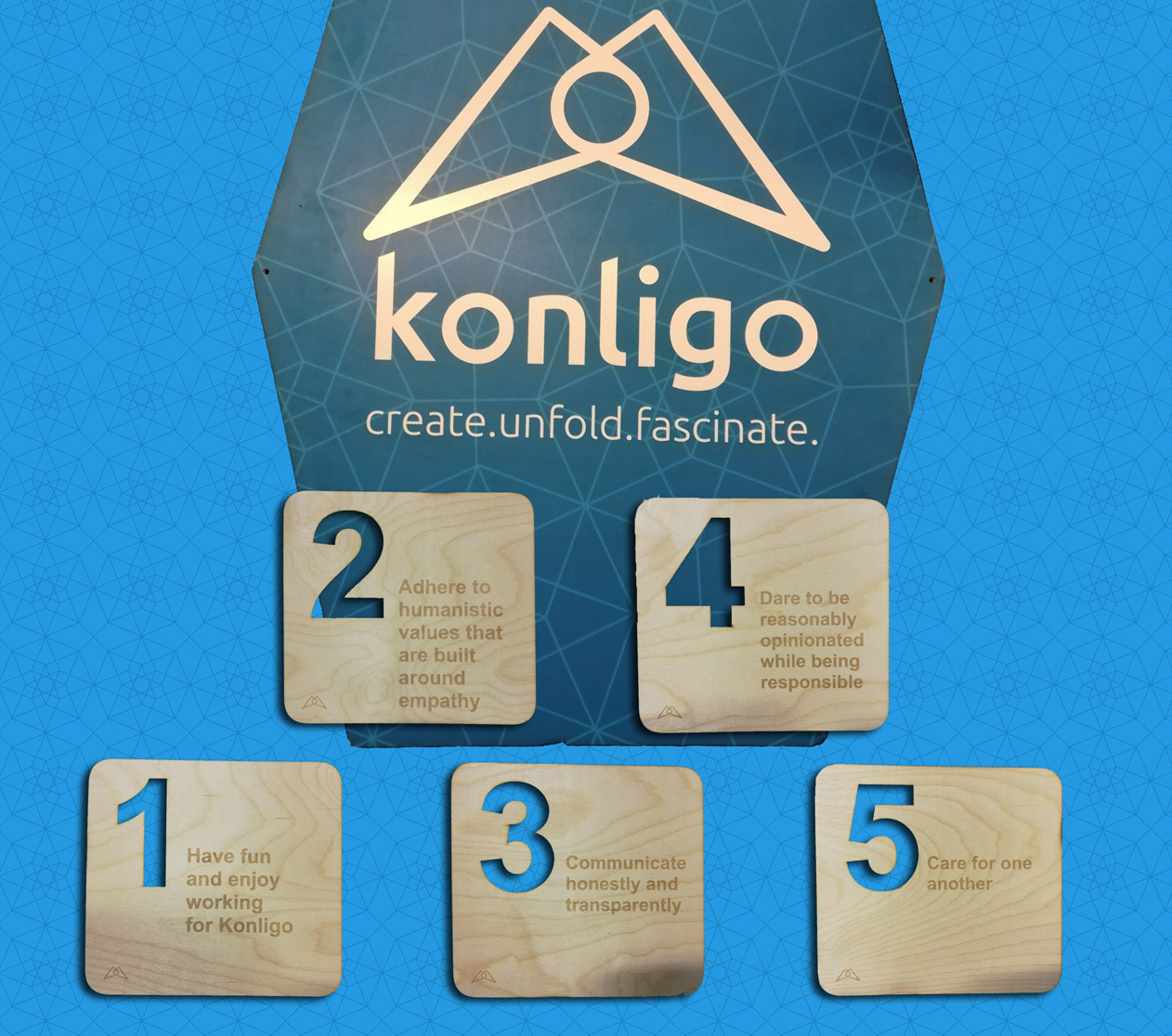
A sustainable business model?
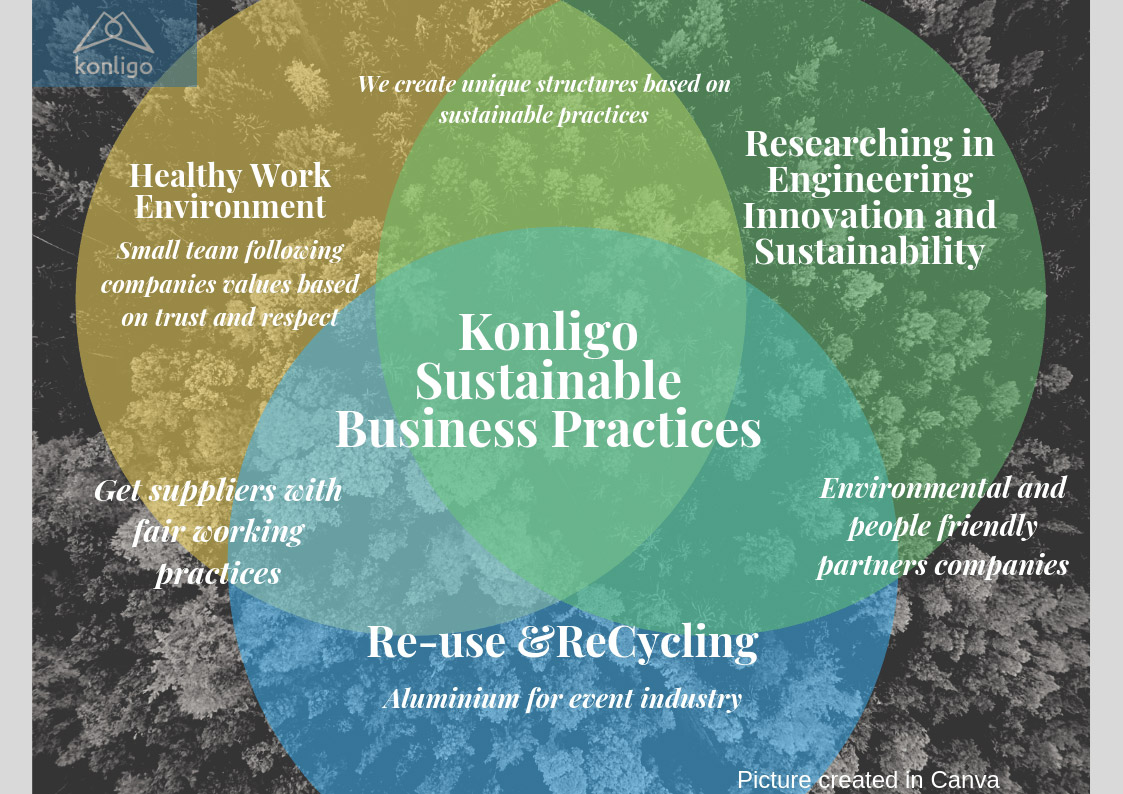
A sustainable business model?
If we start to think about it and look back at how business life has enormously evolved during the last two centuries, who would have thought that industrialization and its practices would get a bad image, and posteriorly the resulting consumerism and waste (like plastic o.a.) must find an end.
Industrialization helped in making our lives easier by increasing our agriculture production and feeding the fast-growing population. People were moving to the cities because men working in the fields were no longer needed. Then, plastic was created and its use increased extremely fast, easily becoming the replacement of other materials due to its ephemeral value.
At that time, people only saw short-term benefits and how life was becoming more practical and easier. Not only private daily life, but also businesses didn’t miss the opportunity to spread and use industrialized technologies and products.
People started to consume indiscriminately and consequently getting rid of stuff as they used it.
Looking towards change
Nowadays we are heading towards developing a long-term vision regarding our planet’s resources. We try to solve the problem before we create it. Indeed we cannot hide our problems on waste islands abandoned in the middle of the sea or dig it deep enough in the ground. Ideas are rapidly transforming as effective solutions: recycling? circular economy?
People are realizing the mess mankind has made and is still making. But actions are starting to rise and finally we can agree that sustainability is the new necessary trend, also in today’s business life.
New ways of doing business
Many companies from all around the world, particularly right after the agreement of Agenda 2030 for sustainable development, have started to modify their business practices and greening up. In fact, many new companies, and especially start-ups are born inspired by this boom. Even multinationals are adopting in a way it is now expected from them.
Being sustainable, is it a long-term necessity or a temporary trend? At least many theoreticians agree upon it and support it globally. There are plenty of benefits linked to sustainability, such as tax reduction, a fact that can be quite interesting for many companies due to the immediate benefit that it will provide them.
As things will change there are many possibilities in improving the working atmosphere and workplaces. Getting sustainable supplies, water filters, plants and recycling in a proper way will have a positive effect on the working conditions and wellbeing of employees. But a step ahead – and maybe even a must - is creating jobs and companies or organizations fully based on the sustainability and circular economy concept.
The media’s role in shaping today’s business
As the media becomes more and more powerful, so does the public opinion as well. Because of this, many companies try to catch people’s attention by proudly showing off with their “greenness”. Everything can be highlighted: using recycled materials, non-testing on animals, giving up plastic and so on. This is actually a positive side effect of a sustainable business model, but sustainability cannot be addressed only for marketing purposes and we all should be careful about misleading greenwashing activities.
Konligo’s mindset regarding sustainability
When it comes down to launching in an entrepreneurial adventure and you are looking for a plan, it’s important that your vision must be linked to what’s important to you and what the world – today and in the future – needs. Many people agree: doing business is all about generating and seizing opportunities. Konligo saw an opportunity to promote its innovative technology in the event industry due to the huge amount of waste generation. In addition to this, while Konligo’s team is growing, people are being carefully selected not only by choosing professionals and experts but also for their particular mindset and values regarding sustainability and environmental issues.
The circular economy concept is a business model reference at Konligo. Circularity reminds us that with every purchase comes a certain reaction and consequence in nature. Every natural cycle has a beginning and renewal ending (from cradle to cradle), but is this really happening with the majority of the products that we own or buy? Not yet! Most of those have a linear cycle (from cradle to grave): after being produced and used – generally in a short lifespan - they end up on the waste pile, polluting our grounds, water, and oceans.
At Konligo, we certainly believe that the model of circular economy should be adopted for many if not all. We aspire to reach sustainable expertise and develop a consequent image through designing structures from recycled materials, giving them a circular life where they can become functional again.
